There are a lot of guides nonprofits can use, but only this essential guide to nonprofit fundraising offers road-tested tips and tricks any nonprofit can use to succeed.

At one point or another, most nonprofits wonder if they could be doing more to raise the money they need to effect the change they’re trying to make.
And there’s certainly no shortage of advice. There are guides that discuss everything from learning about why donors give to a how-to on running a virtual auction. You can dive deeply into fundraising ideas, setting and measuring goals, building a fundraising strategy, or finding low-cost payment processing. The topics are endless and the opinions numerous.
Our guide doesn’t pretend to cover every single aspect of nonprofit fundraising, but it will give you some tips and tricks the team here at CharityEngine has learned over the past decade (plus) helping nonprofits succeed. Whether we are helping Wounded Warrior Project manage their impressive number of monthly donors and transactions, or we’re helping Rescue Village pull off a Tails at Twilight event to raise money for the animals in their humane society, we’ve spent a lot of time thinking about how nonprofits can be successful. And we’ve spent a lot of time building the technology that will help them raise more money.
We decided to think about the advice we give our clients and put together a guide that answers the questions we’re most often asked. In this guide, we will look at different aspects of nonprofit fundraising.
You’ll learn:
This comprehensive guide promises to teach you a thing or two that we know will help you engage with your donors and raise more money. So let’s get started!
This guide will cover everything from strategy and toolkits to finding "hidden" money and planning a successful campaign. You're sure to learn a few tips that will help increase your fundraising!
Your nonprofit is unique, even if sometimes your mission isn’t. Your donor database is also unique, and the best way to engage those donors is a secret recipe only you can discover and use.
Being a tech company, we are fond of data-driven everything. We start by asking our clients to list every fundraising effort they’ve launched in the past three years. Start there: Have you sent direct mail? Email? Run an auction or held a fun run? List what you’ve tried, the duration of the effort, and how much money you raised.
Then review the list and decide how you want to rank the activities. Here are some points to ponder:

And take a look at your donors. Use your CRM's reporting and analytics tools to find out as much as possible about them. Did you know that:
Why does all this matter? These details will help you craft fundraising campaigns that resonate with your donors. Who are, remember, a unique group with unique qualities. Zeroing in on those can give your next fundraising the electricity it needs.
It’s doubtful every one of your donors is the same (it would be a little creepy if that were true). So segment your donors into as many like groups as you can. We sometimes recommend rolling campaigns that might look something like this:
Now we’ve thought about which efforts you might want to try or repeat, and we’ve done some quick analysis of who your donors are. (If you like to drill down into your donors, check out an RFM Calculator for some actionable insights). You have an idea of which campaigns might resonate with audiences, and you’ve started sketching out the next month, quarter, or year. This outline will be the foundational document we will build upon as we look at different aspects of nonprofit fundraising.
Once you've completed the first step of looking at your donors and thinking about your outreach methods, it’s time to explore common fundraising tools nonprofits use. We recommend these:
Your organization probably won’t touch on every one of these. Still, it’s helpful to have an exhaustive list to match up your donor analysis, your campaign calendar, and different outreach tools.
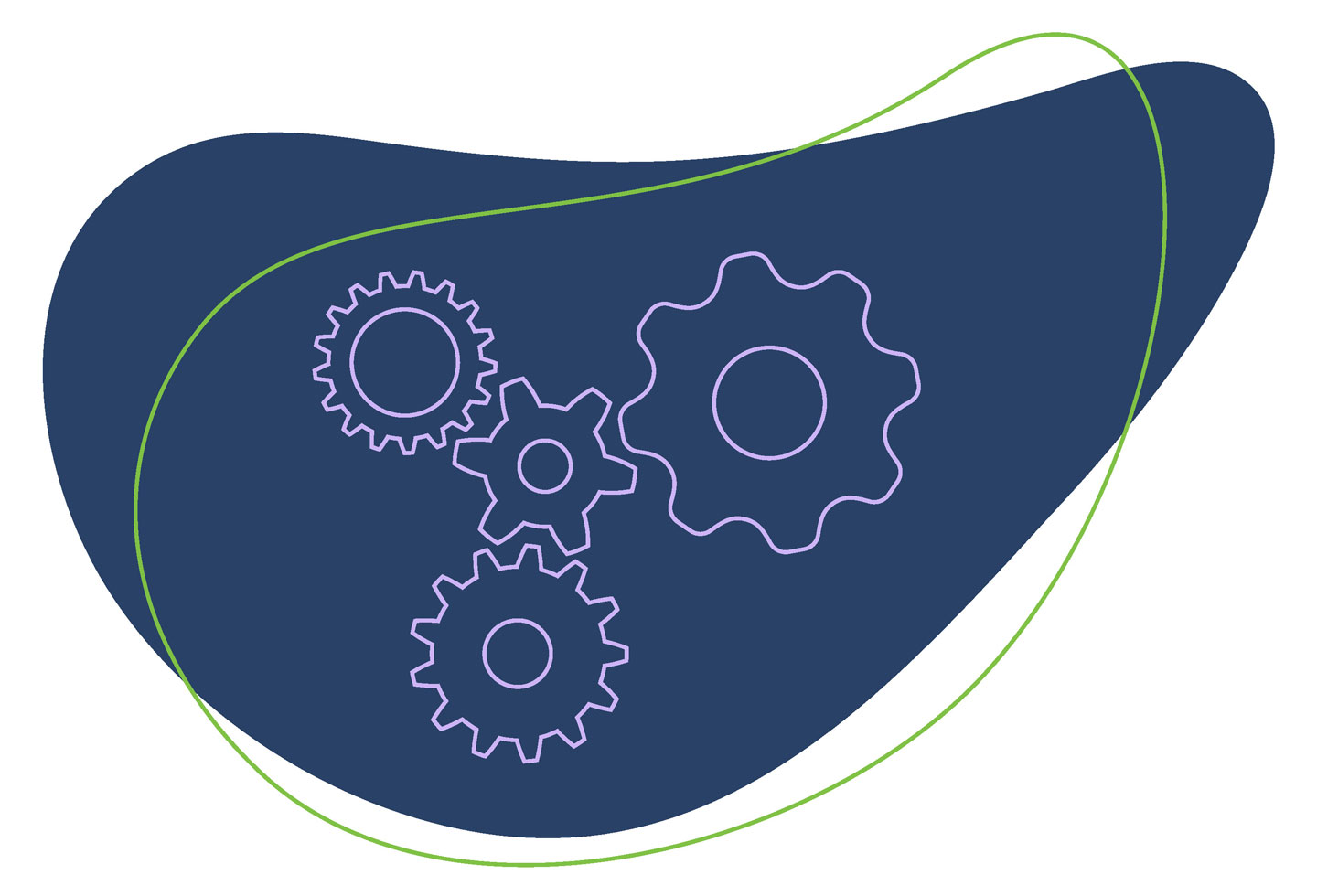
When we talk about a fundraising toolkit, we are referring to technology (because that’s what we do, and we’re pretty good at it!). If you’re a brand-new startup nonprofit, your toolkit might not yet include a sophisticated CRM. In fact, it might include spreadsheets on your computer, lightbulbs for the lamp in your office, and the code to the shared restroom.
And that’s okay! That’s where all nonprofits start, so congratulations on taking the first step. Keep this summary as it will help you envision and, one day, form a mature, integrated campaign.
Think of this as a buffet list of technology features. When you are evaluating your CRM, comparing CRM vendors, or when you’re ready to shop for a new CRM, it’s helpful to have this list in hand with the fundraising software features most important to your nonprofit circled or highlighted. A good, all-in-one nonprofit CRM will offer all these features, but some vendors likely only offer a handful. Make sure it’s the right handful!
Let’s start with one we’ve already mentioned: email.
If email results in a third of all online giving, it’s a powerful method for you to engage your donors. But how can you maximize the return on your email investment? There are two critical pieces of this puzzle: the technology behind the campaign and the content of the email.
The technology behind your email campaign can make or break your results.
Now let’s talk about your content. What does a good fundraising email look like?

Good text and captivating images can make a big difference! Also consider:
Email is a profitable tool, and it doesn’t cost you a thing. That said, we all receive lots of emails, and a little thought and strategy can ensure your email hits a home run.

Direct mail fell out of favor for a while, but successful nonprofits know it’s an effective fundraising technique. The response rates can be as high as five times those of email or social media fundraising requests! It’s also a tangible representation of your brand.
If you send something branded through the mail, such as a calendar or pen, you know your brand will be around and seen for a while.
To that end, you can have fun with direct mail. You can incorporate an activity, like a crossword or word search, or offer a coupon code. You can use direct mail fundraising to drive traffic to your online donation page, adding another donor “touch.” The greater the number of donor touches you have, the better your chances of receiving funds and meeting your fundraising goals.
Because of this, a marriage of nonprofit direct mail and online fundraising can often be considered a match made in heaven.
What’s the best way to bring recipients from direct mail to your online page? You can add a QR code to the direct mail piece. Chances are a smartphone will be close at hand, and with the advent of touchless menus and touchless everything else, we all know what to do when we see a QR code (hint, hint).

You can also create a web page with a short and memorable URL, and that’s another way to extend your brand.
There are a few pieces of advice we give to our clients who ask how they can create a great piece of direct mail:
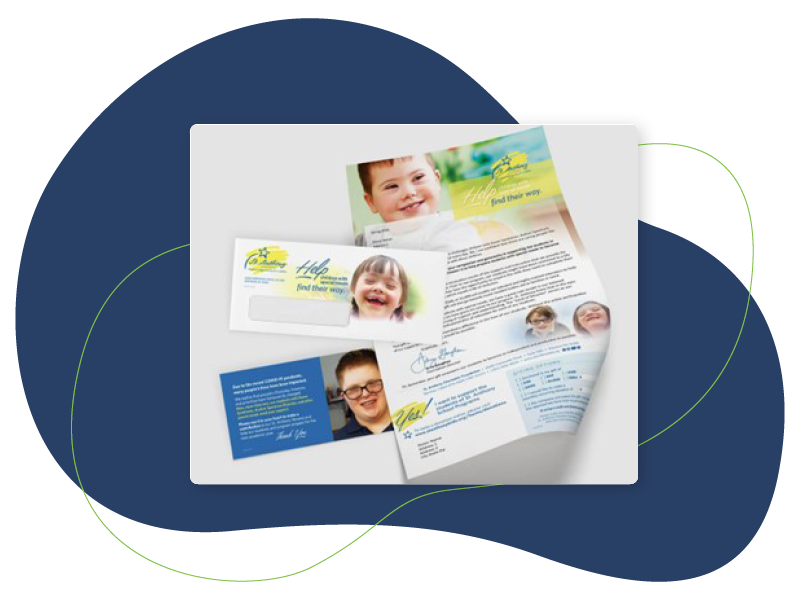
This type of fundraising gets down to a micro-level. In P2P, you empower your donors to act as ambassadors for your nonprofit. You give them tools and carefully crafted messaging, and they raise money within their social circles.
With the right peer-to-peer software, campaigns are easy and fun. There are a few different ways our clients use this tool:
Our clients often ask us how to get donors involved in a peer-to-peer campaign. That’s an easy one: just ask them. Send an email to your donor database explaining why you are launching this effort and how you’ll use the money you raise. Offer a toolkit of social media posts they can cut and paste and spell out how the campaign will work.
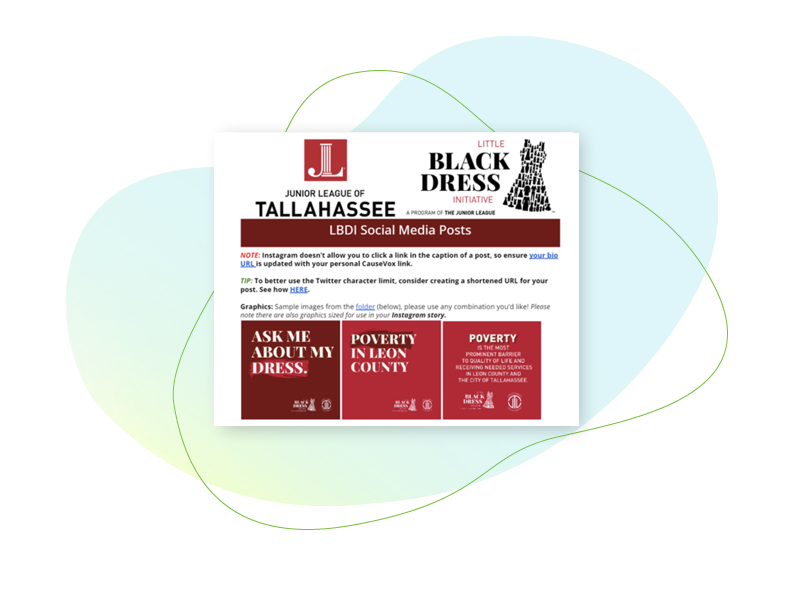
P2P is a popular way to raise money because of its many benefits:
Another benefit is that your donors aren’t asking people for a large sum of money, which can be difficult among friends. Instead, your database is out there asking many people for a small amount of money, which adds up faster than you’d expect. Use donation software for nonprofits to have a handle on just how fast it adds up!

What happens if your peer-to-peer fundraising strategy is losing steam? We recommend four steps to reinvigorate your campaign:
While we’re on the subject of putting the “fun” in fundraising, let’s chat about auctions and events (otherwise known as partying for a purpose 🎉). Both events and auctions can get out of hand quickly, so it’s essential to leverage every bit of software to keep you organized.
Good software will allow one-click form creation, online ticketing and registration, seat assignments, inventory, and even online and mobile bidding if you have an auction in your plans. Software can help you manage (and later thank) your volunteers.
There's a common misconception that only prominent organizations can run charity auctions. Not true at all! We suggest that our smaller clients hold a (budget-friendly) online auction. Create a list of items or experiences you would like to procure and publish a “wish list” so there’s no stress or question if something or some experience is acceptable. Poll your database and ask what can be donated or procured. While tickets to events or weekend houses are always big hits, some of your donors probably have talents you could use. Can someone bake a cake, teach a tennis lesson, or help with a college essay?
Breaking the auction down into steps helps keep it manageable. This is not an exhaustive list of actions, but it’s enough to get you thinking:
You don’t want an auction, but you’re stuck on what kind of an event you want? Consider some art-based fundraising ideas! While these often apply to schools or other groups of kids, they will work for anyone. You could involve your community of supporters in events such as:
Your local supporters can come to a flower-arranging class, a paintball game, or anything else that will raise money and show the participants a good time. If you want to collect donations on-site at these events, look into a swiper that will add mobile fundraising to your bag of tricks.
Just be sure you consider the people attending your event or auction. How much money are they comfortable spending? How far do they have to travel? It’s on repeat: make it easy to give.
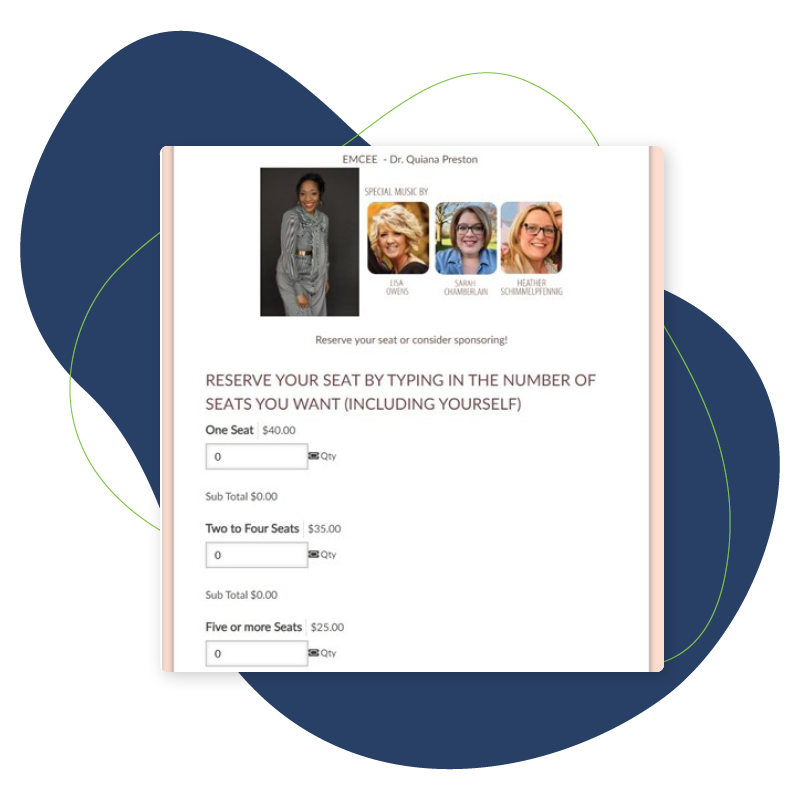
While we can easily go on (and on, and on, and on!) about different fundraising methods, there’s just one last big one we need to cover.
Like many of our ideas, this covers a considerable population, doesn't cost much, and engages your donors.
With this type of outreach, you upload supporters’ mobile phone numbers into the software. It’s essential to ensure these supporters have opted in to text messages from you. On whichever form you’re collecting mobile numbers, be sure you have language stating that they agree to receive text messages from you. On your text messages, provide the option to unsubscribe.
Remember, this is a personal outreach method, and you don’t want to alienate or annoy your donors.
If your CRM supports it, segment your donors so the messages can be personalized and relevant for each group. You can segment people by geographic location, demographic information, or even by the different ways (and the level at which) they’ve interacted with your organization.
Create your messages. Be conversational but keep it short. And communicate compelling information: why are you launching this campaign? Do you have a fundraising goal? How will the funds raised be used?
Creating a sense of urgency can also result in a spike in donations. “Last hour to give!” or similar sentiments work well.
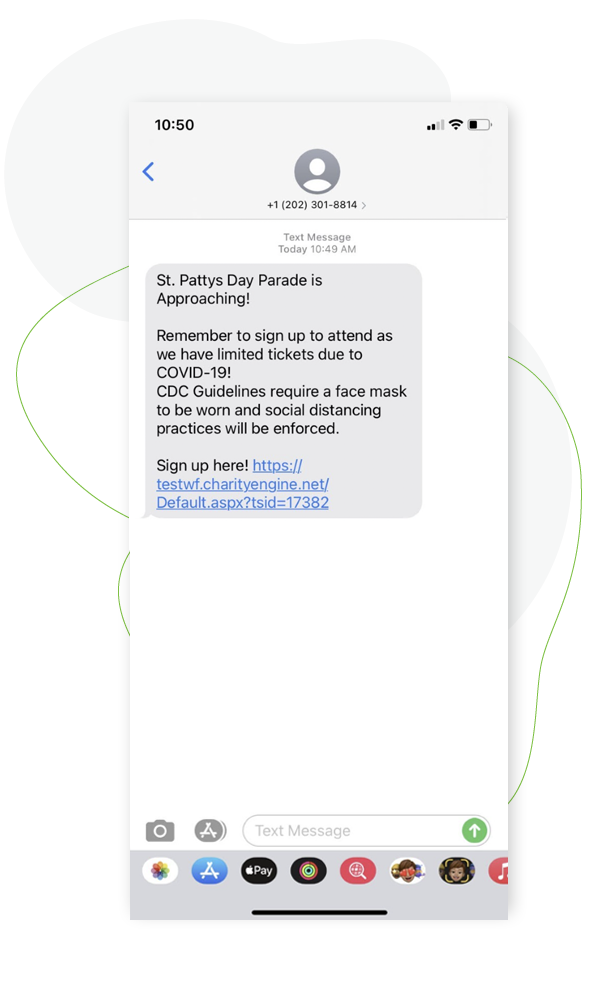
When you send the messages, you’ll include a link that they tap to get to your online donation form. Make sure the form is optimized for mobile and very short. Just a few clicks should get your donors through the giving process.
Texting is a simple method of communicating, but one with which everyone is familiar. Follow a few of those best-practices tips above and you’ll be on your way to a successful mass text outreach.
Now that we’ve looked at different ways you can fundraise, let’s dive into execution and think about how to get the most bang for your buck.
The percentage of donations made online is continuing to grow steadily. The previous growth rate of 15% was eclipsed by a 23% increase most recently, and there’s no sign of it going in the opposite direction.
So how can you ensure you are running a perfect online fundraising campaign? As you can imagine, we’ve got some tips for you.
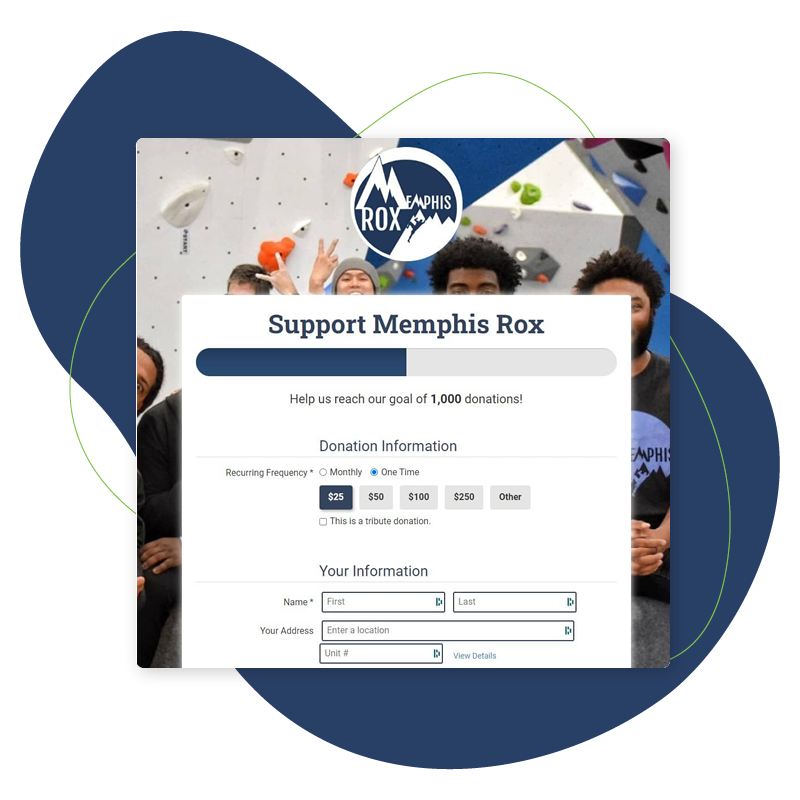
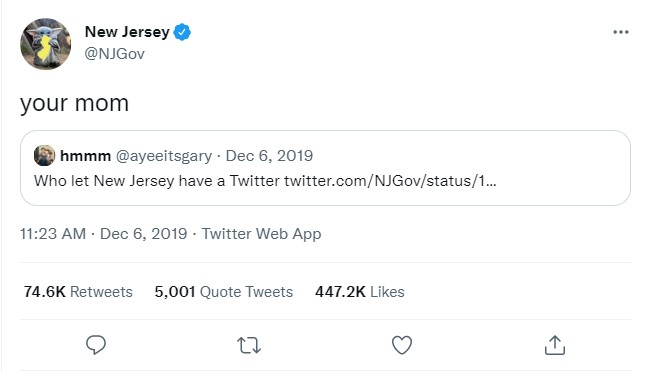
These tweets often go viral and convince users that really, no subject is too boring to be a social media darling.
While that example is extreme, it illustrates that you can communicate well outside your expected audience by following a few proven tips:
We’ve learned – some would say the hard way – that there’s no event that can’t be virtual. But what if you’ve already tried auctions and an online donation form boosted by Twitter, but you’re running out of fresh ideas? Here’s a list of virtual fundraising ideas we love. All you have to do is pick one and sell tickets!
As you can see, you can take anything you love to do and turn it into a fundraiser? Pottery? Mail supporters some clay or ask them to buy it and then demonstrate some techniques. Painting? Same thing. Have a virtual book club and just charge a small fee to join. The sky’s the limit, and all these ideas will bring your supporters closer to your organization.
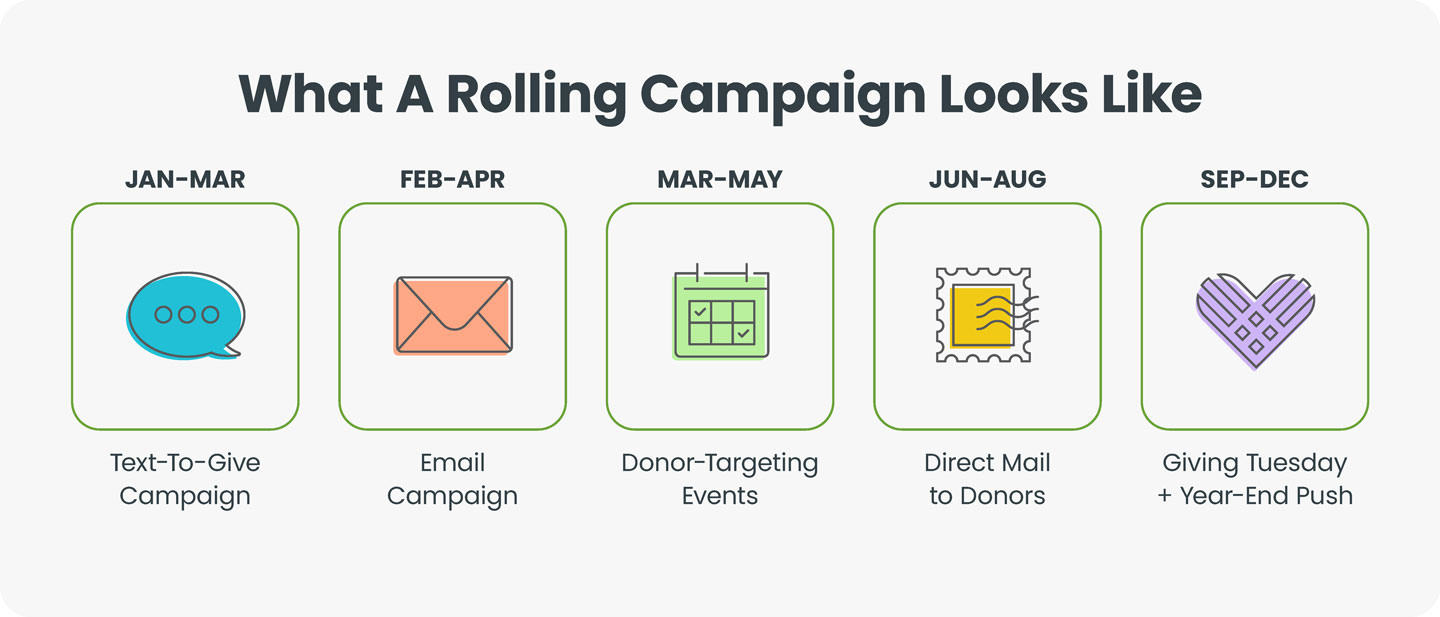
Just to throw a wrench in your plans, even if you’re on top of every tip we’ve offered, you're still not done. It’s time to move beyond the boundaries of whatever you’re doing and focus on multichannel fundraising.
While this might sound like a giant task, it just means you will use many different methods to reach your donors. Everyone likes to get information differently, and you will get in front of the most eyeballs by checking all the boxes.
It’s safe to assume that most nonprofits use email for outreach. But with 12% of emails marked as spam and the average open rate for nonprofit email marketing hovering just over 25%, a lot of people just aren’t going to engage or donate because you sent them an email. Social media, which we just finished touting? 8% of your Facebook fans will see it.
This isn’t all as depressing as it might seem. Think of each fundraising tool, or outreach effort, as a piece of the overall pie. The pie is your campaign, and the pie pieces are the channels through which you communicate. You'll see better results if you have the technology to integrate all your outreach efforts and feed data to each one.
So what are the channels nonprofits should consider? Here’s a recommended starting point.
Just remember that if every pie piece reaches a part of the population you’re targeting, they will work together to get your message to many people in many ways.
This could also be called, “Don’t leave money on the table.”
Almost every large corporation will match the gifts of its employees to nonprofits. At CharityEngine, we partner with Double the Donation. Our clients sign up, and their software immediately searches their database of companies. While your donor is still on your website, they will get matching gift forms so they can quickly submit a request to their organization.
Double the Donation lists these facts that show you how vital matching gifts can be to any-sized organization:
Do you know that large companies also often offer grants to nonprofits? This list of corporate grants for nonprofits is full of household names. Suppose your nonprofit is located near Bank of America’s headquarters (Charlotte, NC) or the 3M Foundation offices in Maplewood, MN. In that case, it’s worth digging around to see if you qualify for a grant that would keep the corporation’s money in their own community.
Why might you need one? You could be looking for money to get started or hoping to fund an extensive campaign. You could need equipment, a new office building, or land.
There are other grants available for nonprofits, too. You can look into federal, state, and local government grants. You can apply for grants at a large charitable foundation, like The Bill and Melinda Gates Foundation. Use good software to keep track of grant applications and deadlines to stay organized.
An in-kind donation is, simply, anything other than money. It can be time. It can be the copier at someone’s office. Our foodbank clients love to accept non-perishable food as gifts. Maybe your nonprofit could use donated office space or storage space. Even intellectual assets, like patents, can count as an in-kind donation.
If you are a nonprofit that could benefit from this type of giving, be strategic about it. You don’t want to end up with more things than you ever needed. It’s smart to have a gift acceptance policy that clearly spells out what you need.
How can you solicit in-kind gifts? Start with your employees, board members, volunteers, and others close to your cause. Then reach out to local businesses in your community and continue to branch out from there.
For the grand finale of this guide, we’re going to cover a smattering of specific types of focused giving.
About a third of nonprofits receive up to 50% of their annual revenue in the last few months of the year. It kicks off on Giving Tuesday right after Thanksgiving and scales up as organizations and donors either feel the holiday love or hedge their bets against Uncle Sam. This is a prime opportunity to leverage those matching gifts.
Year-end giving requires planning and strategy. It’s a nonprofit-friendly time of the year, but there are some suggestions that might make it run more smoothly.

Capital campaigns can have an enormous impact on your fundraising. What is a capital campaign?
A by-the-book capital campaign starts with a quiet phase during which you appeal to your major donors to see how much money can be raised. This is where the bulk of your funds come from so you’ll want to ensure everyone in your nonprofit (from the staff to the board members) is brainstorming ways to maximize those major gifts.
The second phase is called the public phase, and this is where you’ll want as many $25 donations as you can get so they add up. Shout your message from the rooftops and check out all the tools at your disposal to find as many donors as you can.
In all the phases, use data for smarter capital campaign planning. We offer four tips:
Capital campaigns aren’t right for every nonprofit, but if you have reason to run one, it will be effective.
Our clients fall into several verticals (like food banks, healthcare, veteran organizations, environmental groups, etc.) and often ask us for fundraising ideas they can use.
While almost any type of fundraiser will work for almost any vertical, here are some of the ideas we like to share with our clients.
As you can see, there’s overlap with ideas (there’s no reason a food bank can’t sell bricks!) but the key is to align your fundraising idea with something your donors like to do. If you use your imagination and get to know your donors well, the opportunities are quite literally endless.
If you’ve made it this far, you must have gotten some creative ideas and helpful tips. The reason we wrote this is because we know nonprofits, we know donors, and we know technology. And we know how they all work together to change the world.
In conclusion, remember to follow fundraising best practices from your strategy to your ask to your execution to your follow-up thanks and appreciation. Use technology to lighten the heavy lifting and use your innovation and imagination to reach out to your donors. We would love to show you what our CRM can do, so please drop us a line if you’re interested in seeing it in action.
Your organization exists because there’s a need you can meet. You are working there because there’s something in you that believes you can make a difference in our lives. While there isn’t a shortage of general advice and ideas to help nonprofits raise money, it’s also necessary to recognize that your nonprofit is unique and a source of great feedback and support. So try your hand at different things, and then share your success so that others will be compelled to do the same. In this way, both successes and failures make the whole nonprofit community better and more powerful.
If you don't have time to read the guide or want to keep it as a reference, download the Essential Guide to Nonprofit Fundraising here!
